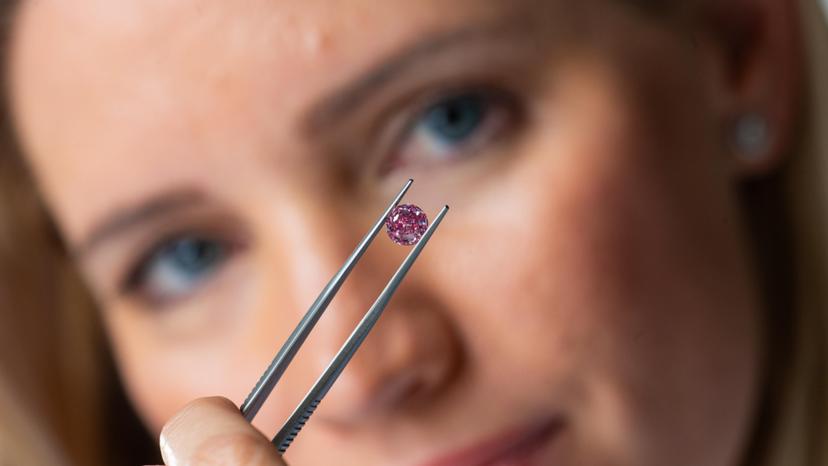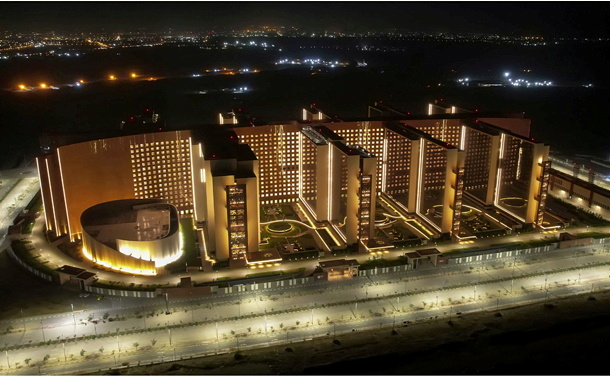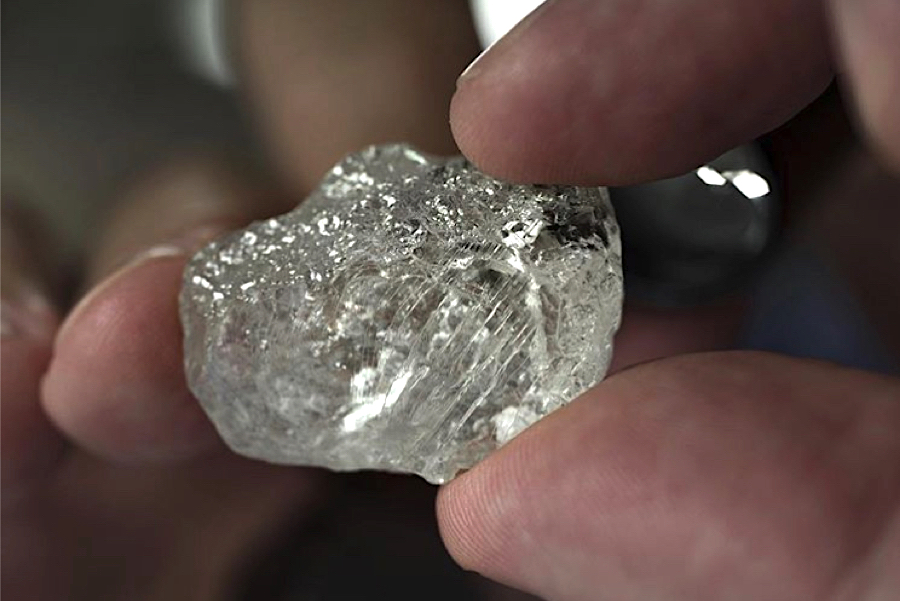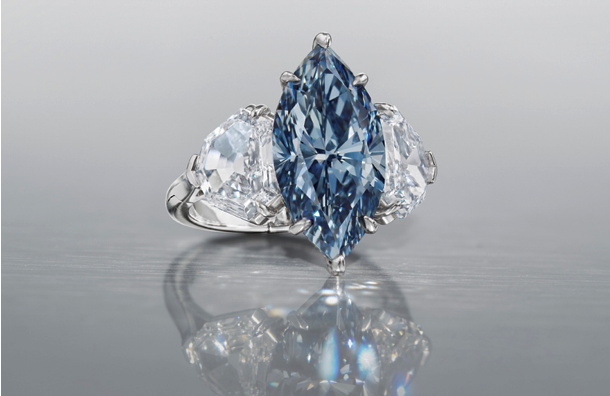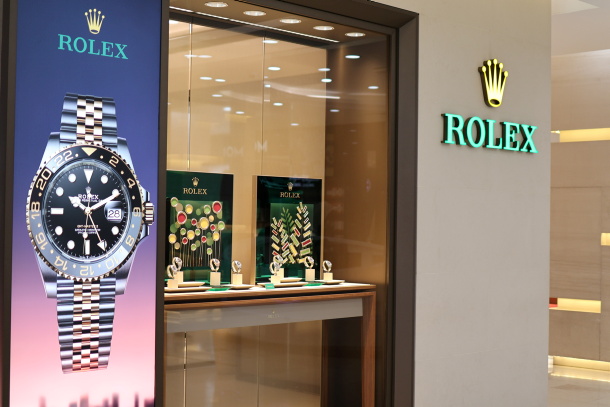A select few with deep pockets are rolling into Perth to snap up the latest collection of Argyle diamonds, as unsold inventory of the ultra-rare gems whittles down to a “teaspoon”.
A top secret location in the CBD this week will host prospective buyers from Australia and overseas vying for 76 polished pink, red, and other coloured diamonds — predominantly unearthed at Rio Tinto’s shuttered Argyle mine in the east Kimberley region.
Argyle operated for 37 years up until 2020, and about 95 per cent of the world’s circulation of pink and red diamonds can be traced back to the mine.
Each carat of an Argyle pink or red can easily fetch a multi-million-dollar sum. Earlier this year a 1.56ct Argyle red sold for $US4.3 million ($6.4m) in Geneva, equating to $US2.7m a carat. One of the pinks in the latest collection weighs 2.63ct.
But not all of the famed gems sold are destined for an extravagant jewellery piece, with many opting to keep their purchase locked away in a vault as an investment.
“We have seen double digit price growth year on year for the past 20 years . . . and we seeing demand continue unabated for these stones,” Rio Tinto diamond sales and business development manager Michelle Sherring told The West Australian.
“The constrained supply means the value of pink diamonds has eclipsed any kind of comparable equity indices, like the Dow Jones and Hang Seng et cetera, over the years.”
Since mining ceased at Argyle Rio has touted each of its annual tenders for the diamonds as being one of the last.
“We now have a mere teaspoon (of unsold Argyle pinks and reds) remaining within our own inventory,” Ms Sherring said.
Stockpiles are now so low that for the first time ever the collection includes diamonds Rio has bought back from customers.
“Including the secondary market is a new concept for this year, we have very strong relationships with our long running customers,” Ms Sheering said.
“So I approached a handful of them at the beginning of the year in terms of the concept and we have over these years understood where some of the important diamonds sit and which safes they might be held in.
“It was a process of curation, and ultimately, what we have is a set of seven round diamonds which represent the real pinnacle of rarity.”
Of the 76 stones in the latest collection, 74 are from Argyle — the pink, red and blue diamonds — while the remaining two are a yellow and white diamond sourced from Rio’s Daivik mine in Canada.
Rio is displaying the collection — comprising 48 separate lots and weighing a combined 39.44 carats — on an invite-only basis in Perth, London, Singapore and Belgium. Bids for the tender will close on November 18.
Murray Rayner, who was previously the chief geologist for Argyle Diamonds, last year told The West that the existence of Argyle’s pink diamonds was due to a “fluke of nature” that will be extremely difficult to replicate.
Mr Rayner said the pink diamonds emerged around 1.8 billion years ago when the Kimberley collided into Australia, bringing pink diamonds closer to the Earth’s surface.
These pink diamonds were originally created at one point three billion years ago when our planet’s once-connected continents began to rip apart, with the intense pressure from this event causing the pink colouration in the diamonds.
“To find another deposit would be an extraordinarily rare event in its own right, we’ve looked over the last few decades without any success,” he said.
Source: DCLA



